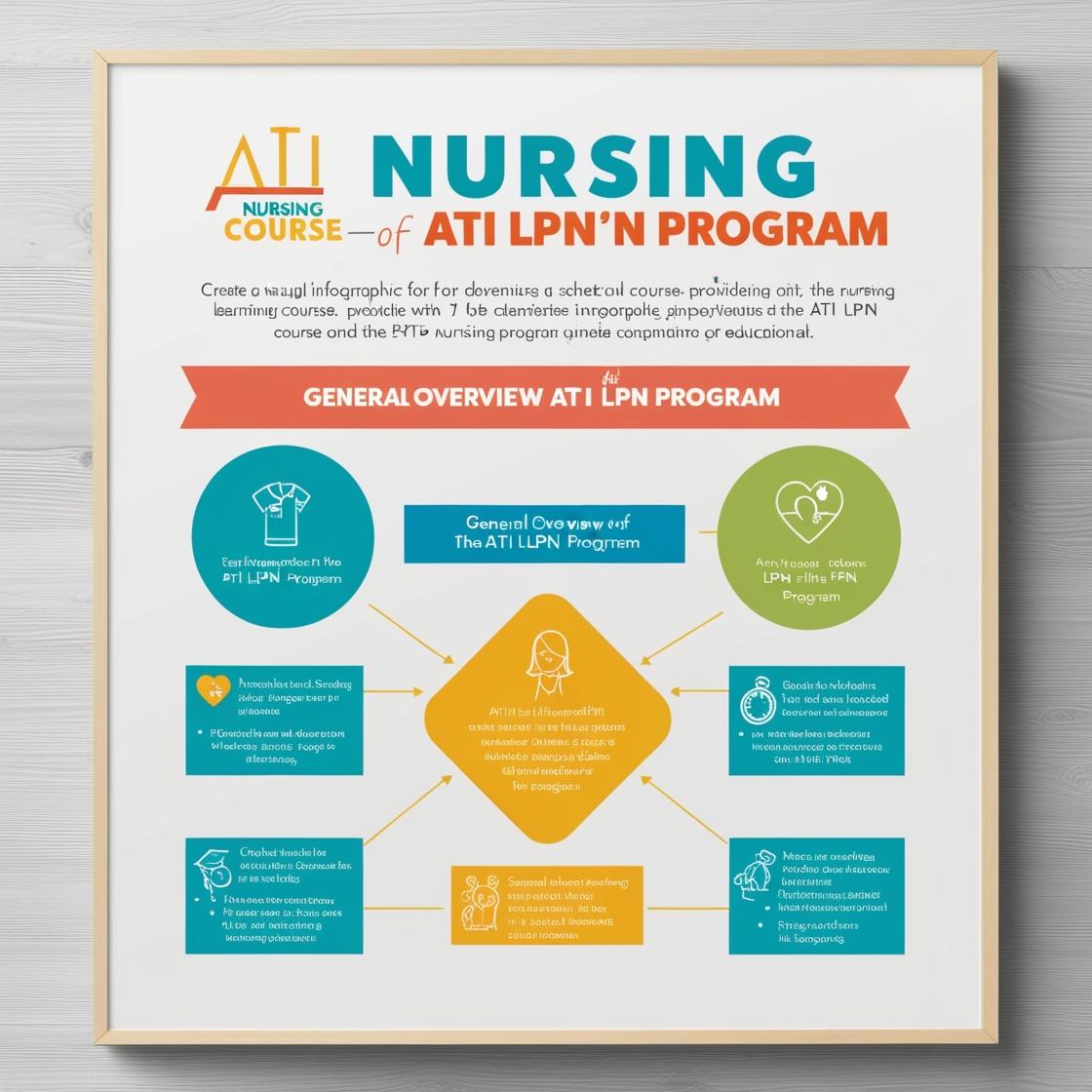LPN LPN
ATI PN Comprehensive Predictor 2024
1. When a nurse questions a medication prescription as too extreme due to a client's advanced age and unstable status, this action exemplifies which ethical principle?
- A. Fidelity
- B. Autonomy
- C. Justice
- D. Non-maleficence
Correct answer: D
Rationale: The correct answer is D: Non-maleficence. Non-maleficence refers to the ethical principle of avoiding harm. In this scenario, the nurse questions the medication prescription to prevent potential harm to the client, demonstrating the principle of non-maleficence. Choice A, fidelity, pertains to being faithful and keeping promises, which is not the focus of the scenario. Choice B, autonomy, relates to respecting a client's right to make decisions about their care, not the nurse's actions. Choice C, justice, involves fairness and equal treatment, which is not directly applicable to the nurse questioning a medication prescription to prevent harm.
2. A client with hypothyroidism may present with which of the following findings?
- A. Weight gain
- B. Hair loss
- C. Dry skin
- D. Diarrhea
Correct answer: C
Rationale: Dry skin is a common manifestation of hypothyroidism due to decreased thyroid hormone levels, leading to reduced sweating and oil production. Weight gain may occur due to a slowed metabolism, not diarrhea, as hypothyroidism is more commonly associated with constipation. Hair loss is typically associated with hyperthyroidism, not hypothyroidism.
3. What are the early signs of a pulmonary embolism?
- A. Chest pain, shortness of breath, and tachycardia
- B. Fever, nausea, and vomiting
- C. Cough, cyanosis, and fatigue
- D. Abdominal pain and bradycardia
Correct answer: A
Rationale: The correct answer is A: Chest pain, shortness of breath, and tachycardia. These are classic early signs of a pulmonary embolism. Chest pain may be sudden and sharp, worsened by deep breathing or coughing. Shortness of breath can be sudden and severe. Tachycardia (rapid heart rate) is another common symptom. Choices B, C, and D are incorrect as they do not represent typical early signs of a pulmonary embolism.
4. A nurse is caring for a client who is postoperative following a thyroidectomy and reports tingling and numbness in the hands. The nurse should expect to administer which of the following medications?
- A. Sodium bicarbonate.
- B. Calcium gluconate.
- C. Potassium chloride.
- D. Magnesium sulfate.
Correct answer: B
Rationale: Tingling and numbness in the hands can indicate hypocalcemia, a common complication following a thyroidectomy. Hypocalcemia requires immediate intervention to prevent severe complications like tetany and seizures. Calcium gluconate is the drug of choice for rapidly raising serum calcium levels in hypocalcemic patients. Sodium bicarbonate is not indicated for treating hypocalcemia or related symptoms. Potassium chloride is used to correct potassium imbalances, not calcium. Magnesium sulfate is not the appropriate treatment for hypocalcemia; it is commonly used for conditions like preeclampsia or eclampsia.
5. What is the role of the nurse in postoperative care for a patient with a hip replacement?
- A. Monitor for signs of infection and administer pain relief
- B. Ensure the patient follows a low-calcium diet
- C. Ensure the patient uses crutches to avoid pressure on the hip
- D. Monitor for signs of deep vein thrombosis
Correct answer: A
Rationale: The correct answer is A: Monitor for signs of infection and administer pain relief. In postoperative care for a patient with a hip replacement, it is crucial for the nurse to monitor for signs of infection, such as increased pain, redness, swelling, or drainage from the surgical site. Administering pain relief is also important to ensure the patient's comfort and aid in their recovery. Choices B, C, and D are incorrect as they do not directly relate to the immediate postoperative care needs of a patient with a hip replacement. Ensuring a low-calcium diet, using crutches, or monitoring for deep vein thrombosis are not primary responsibilities in the immediate postoperative period for this type of surgery.
Similar Questions

Access More Features
ATI LPN Basic
$69.99/ 30 days
- 50,000 Questions with answers
- All ATI courses Coverage
- 30 days access @ $69.99
ATI LPN Premium
$149.99/ 90 days
- 50,000 Questions with answers
- All ATI courses Coverage
- 30 days access @ $149.99
